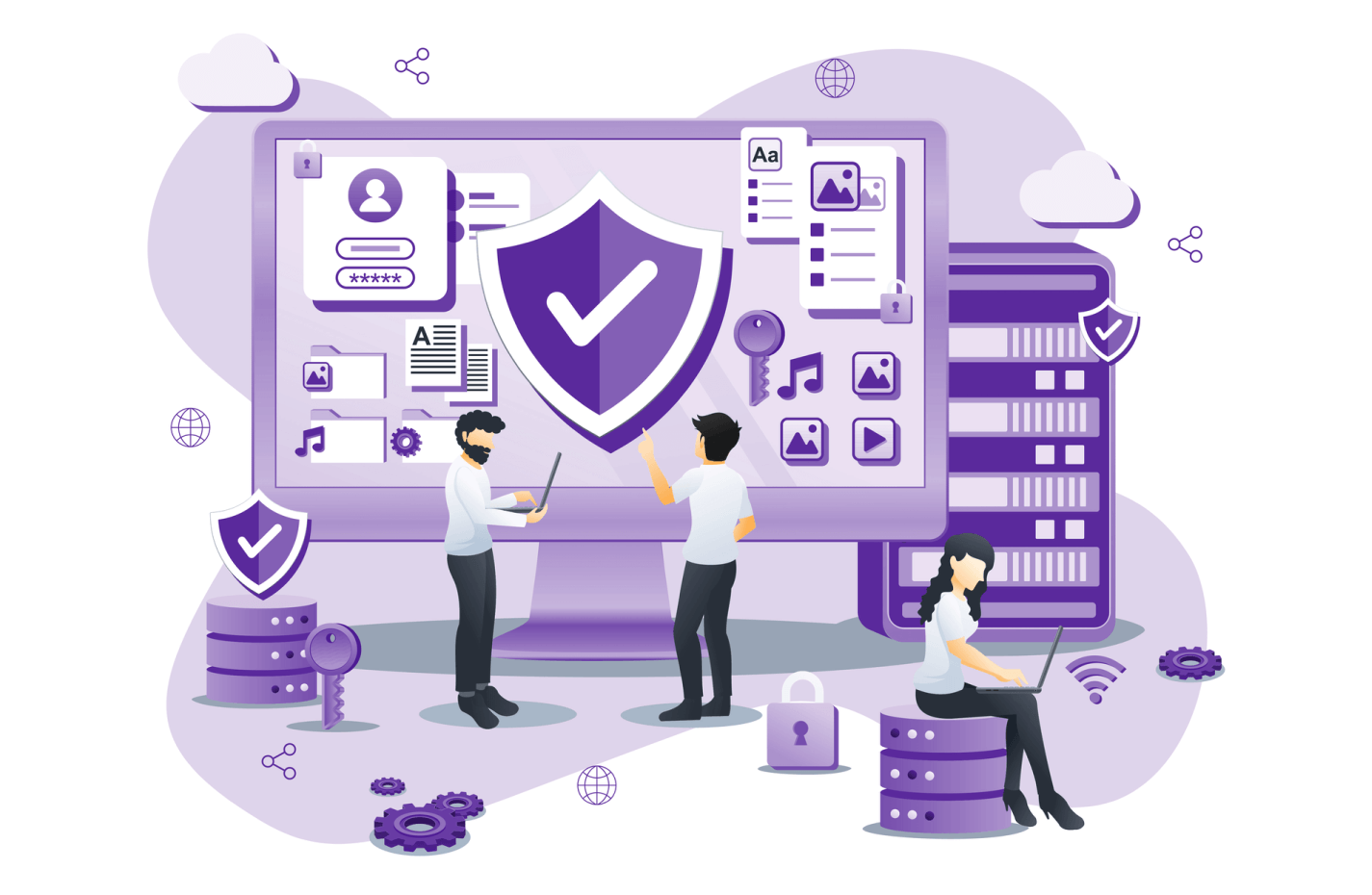It’s no secret that data loss can be a costly nightmare for a small business, with recent studies showing the average cost of a data breach in Australia is now $4.1 million.
Unfortunately, cyber attackers increasingly target small businesses because they are less likely to have security protection in place. Accidental loss or loss due to a natural disaster can be just as harmful to a business, with recovery efforts and delays grinding productivity to a halt.
Follow these tips to improve security and protect your small business from data loss.
Educate your staff
When you think of data loss, you may immediately think cyber attack. But the reality is, nearly half of data loss happens when employees don’t know how to protect company data or are guilty of being careless.
Let your staff know how important data security is to your business. Discuss potential security risks and restrictions on employee access to HR, customer and financial data. Go over specific strategies for keeping paper and computer files secure – such as keeping personnel files locked in filing cabinets, restricting access to sensitive data with security passwords and taking care not to download apps that might carry malware.
Phishing and social engineering is among the biggest cyber threats facing organisations. The best method of avoiding the threat is education around what to look out for.
Make a security plan
Every company, big or small, should have a customized plan in place to outline their information assets, identify security risks and the specific steps your organization will take to mitigate those risks.
Think of your data security plan as a living document; it will need to be updated regularly to keep up with shifts in technology as well as changes in personnel. A key aspect of your security plan will be to outline how you’ll ensure employee access to data terminates when they leave your company.
You’ll also want to conduct regular audits to test the effectiveness of your security plan, by monitoring how well your staff follow protocol. Following an audit, you’ll be able to revamp or fine tune your strategies to keep your business safe and your data secure.
Enforce a Security Policy
By enforcing a strict security policy, you’ll be able to set boundaries on employee access and use of your IT resources, define what you consider to be acceptable behaviour and educate your team on how to deal with potential security threats. Your Internet security policy should typically impose a ban on sharing and downloading non-work-related files and visiting inappropriate websites. Your security policy should also outline the required practices for things like user account and email management. It also presents a chance to let your employees know about any online monitoring practices that you use.
Include a device policy
It’s hard to imagine small businesses functioning these days without mobile devices. The reality is, many small business employees work from home or remotely, staying in contact via a tablet, laptop computer or mobile phone.
Unfortunately, the risk of a mobile device being lost, stolen or damaged is high. You can protect your company data by requiring staff to keep company data off their personal devices – and set up work devices to be wiped remotely in the case of theft or loss.
Other key security measures are data encryption, up to date anti-virus protection and tracking software – as well as a system of regularly scheduled, automatic back-ups.
Final tips
Your data security plan is only as good as how well you and your staff follow it. Take time out to meet as a group, discuss security planning and address any questions about protocol. Be clear on the consequences of a data security breach should it be discovered the cause was due to employee negligence or outright theft. Think about how you can reward your staff for the efforts they make to protect your business by strictly following security protocols.
Prevention outweighs cure, if you are ever unsure if an email has come from Accura, please get in contact.
If you need assistance with any of these other tips, reach out to your IT provider.


